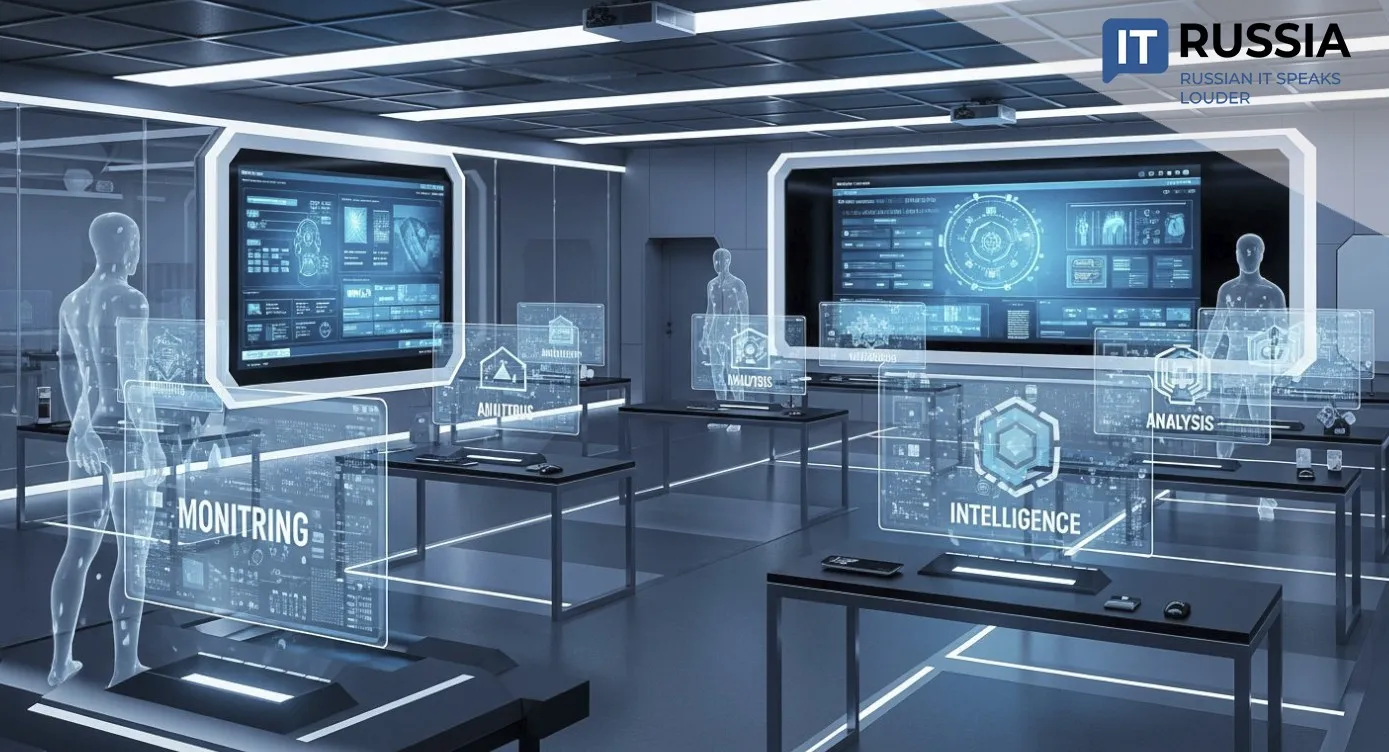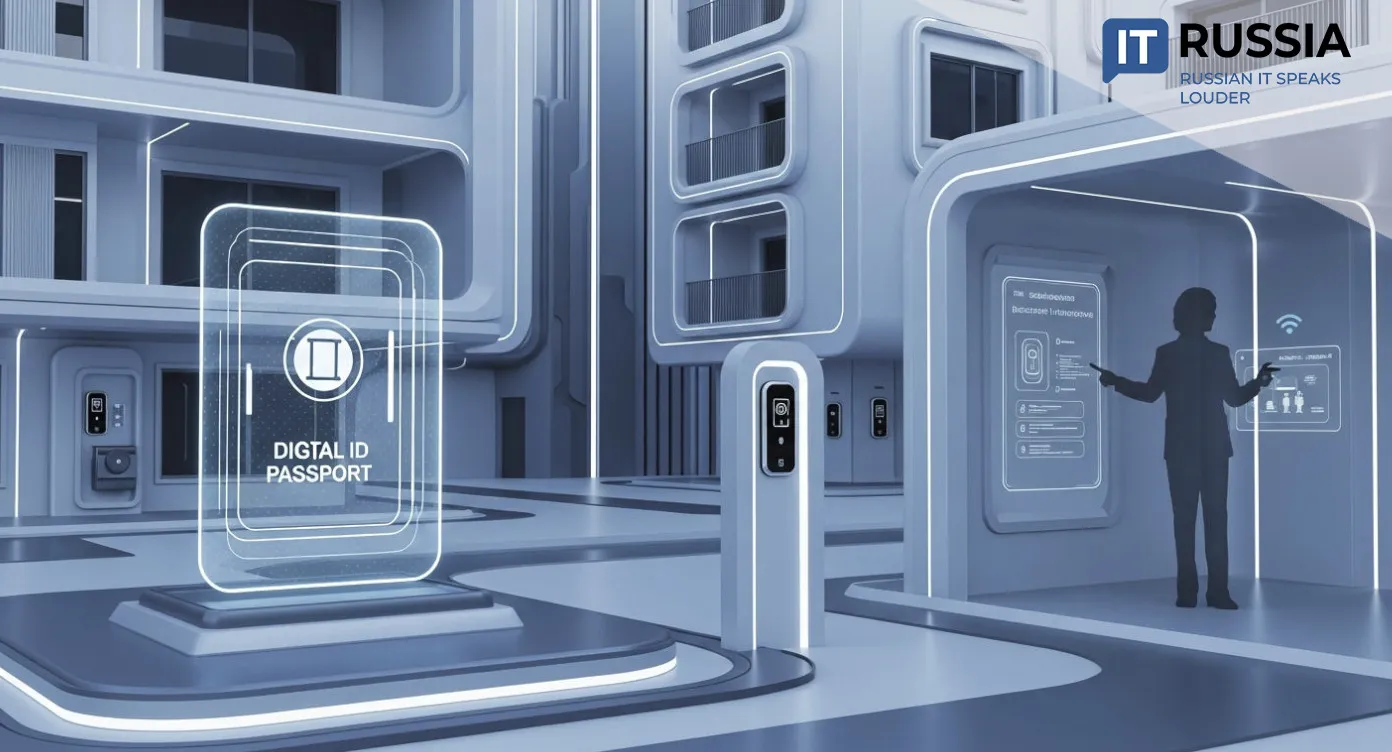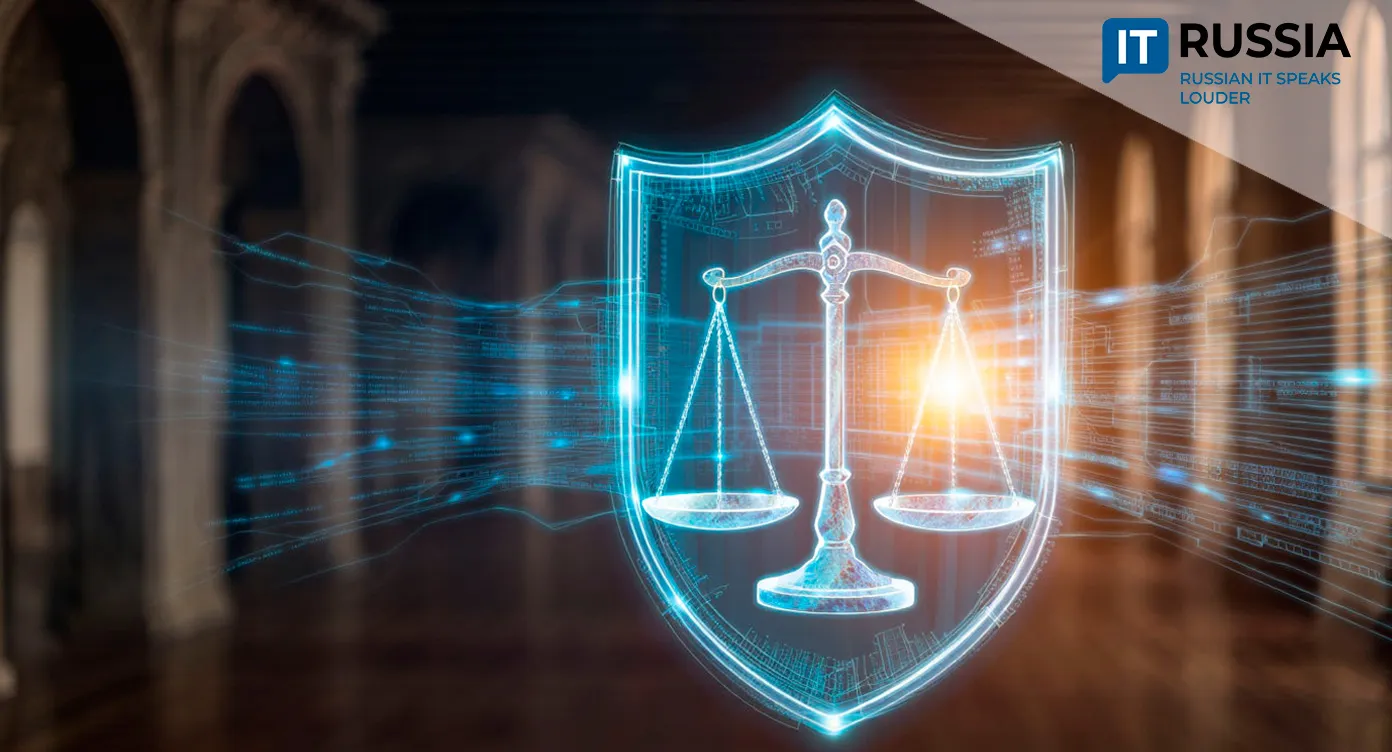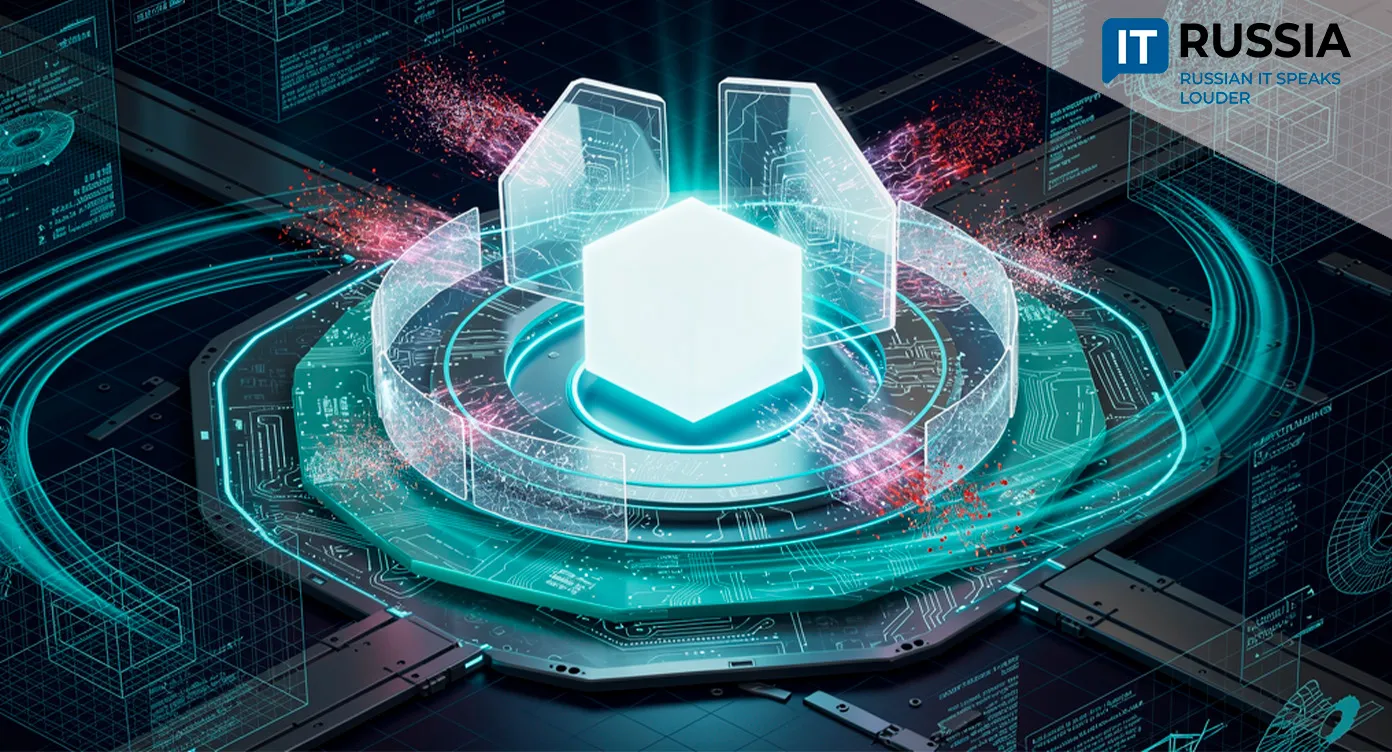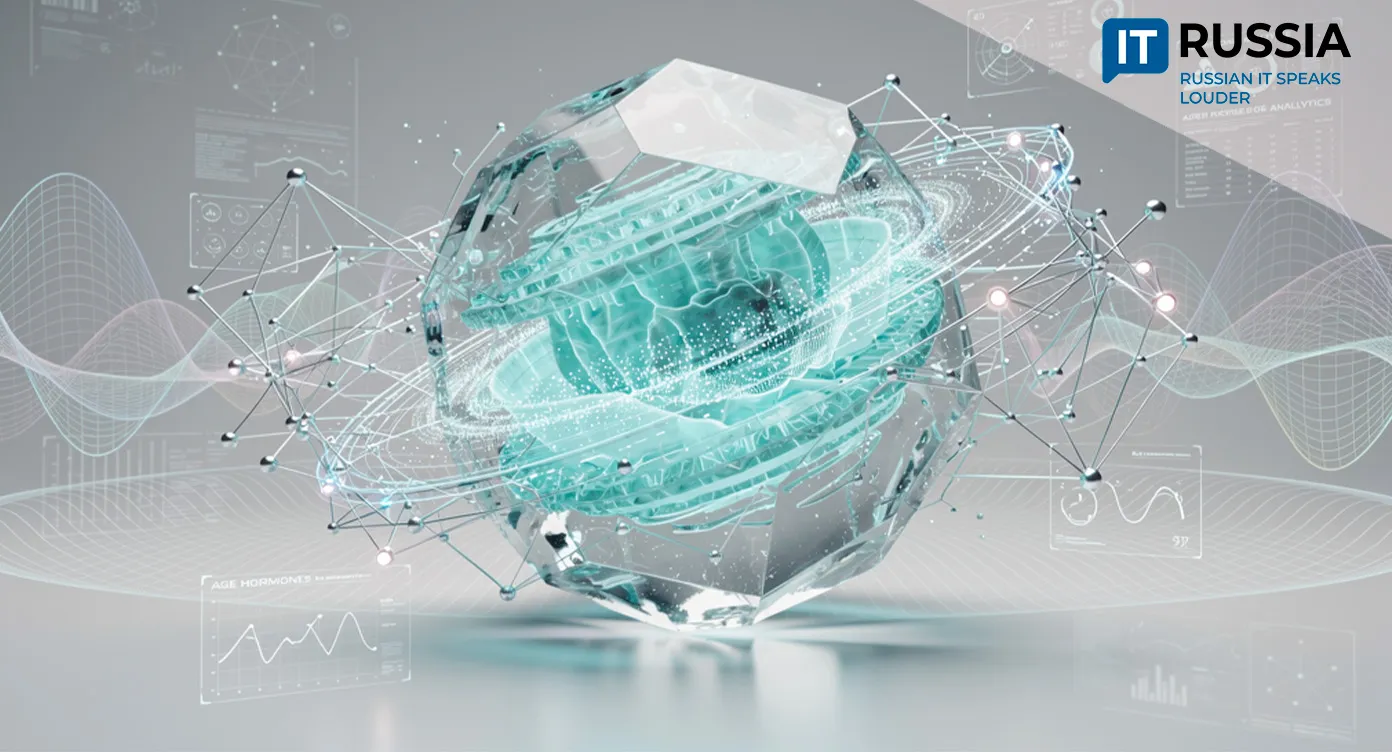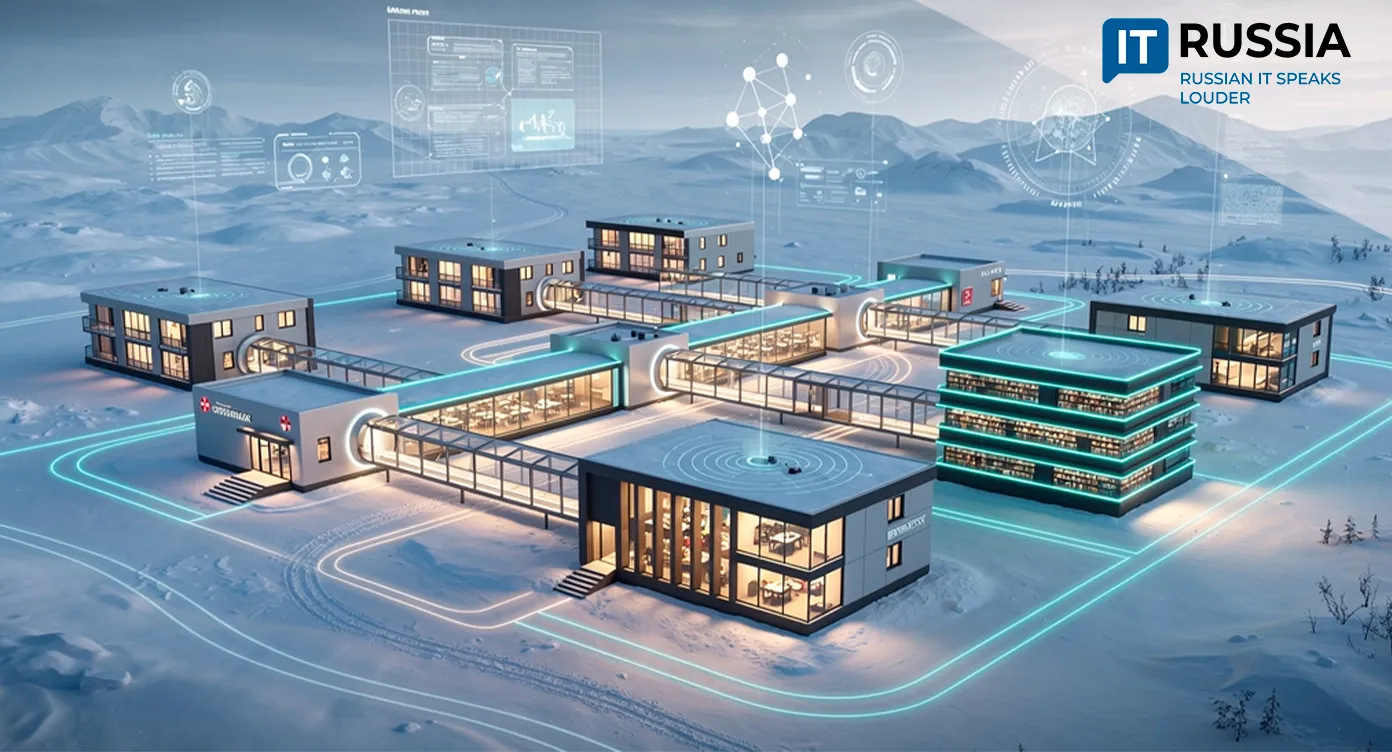Russian Government Launches New Digital Services for Science and Education

As digital transformation accelerates across all sectors, Russia is introducing a new wave of digital services tailored to science and education. These tools aim to improve the efficiency of fundamental research and streamline how scientists, educators, and officials interact.
New Services: What’s Changing?
The initiative includes a suite of new IT tools designed to increase transparency and efficiency in Russia’s scientific and educational infrastructure. These changes also lay the groundwork for international collaboration and the potential export of digital solutions.
Three core developments define the latest stage of this transformation:
1. A revamped R&D information system. All research results and engineering projects will now be stored in a unified system, reducing duplication, improving planning and coordination, and strengthening interdepartmental communication.
2. Publication of international academic degrees. Electronic records of international qualifications will simplify the credential recognition process, open doors to hiring foreign specialists, and support international research partnerships.
3. Integration with the Gosuslugi portal. Scientists and students will be able to apply for housing certificates, tax benefits, academic degrees, and other services via Russia’s national e-government platform. This integration makes access to public services more transparent and user-friendly.

National and Global Implications
These reforms are expected to benefit not only individuals and institutions but the country as a whole.
For Russia’s IT sector, this represents a significant domestic investment that could drive innovation in software development. Increased state orders will likely foster a stable ecosystem of high-quality, homegrown digital tools.
For government and citizens, it’s a step toward digital literacy, transparency, and reduced bureaucracy. Simplified application procedures and centralized data access build public trust and institutional effectiveness.
On the global stage, Russia is positioning itself as a willing partner in open scientific collaboration. With expanded access to research outcomes, international partners—particularly in the CIS—may find new opportunities for joint initiatives.

Future Outlook: From Local Reforms to Global Reach
Analysts predict further expansion of Russia’s digital science infrastructure. Increased public procurement of IT solutions will drive the adoption of modular systems at universities and research centers. These flexible platforms can be quickly customized, reducing redundant development and enabling more efficient budgeting.
Another expected outcome is the reduction of duplicated research efforts, improving the cost-effectiveness of R&D and bolstering long-term scientific planning.
The international potential of these systems is also growing. If built using API-based architectures, these services could be scaled and exported to other countries. Pilot programs in CIS states—where infrastructure integration is already underway—appear especially promising.

Looking Back: Five Years of Transformation
Over the past five years, Russia has laid the foundation for digital modernization in science and education. Key milestones include:
- The “Digital University” initiative (since 2019), establishing unified digital environments in higher education.
- Integration of Moodle with the e-government platform, enabling mass adoption of remote learning.
- The “CyberLeninka” open-access project, promoting free access to modern academic publications.
- Digital public services, including degree and tax benefit registries.
- EdTech platforms like Netology, Uchi.ru, and Skolkovo, which are advancing personalized and adaptive education models.
These efforts confirm that digitalization is not a temporary trend but a strategic national imperative.
Forecasts
The rollout of new services marks a pivotal stage in building a connected ecosystem for science and education. Government spending on software is expected to rise, opening new opportunities for domestic IT firms.
Centralized access to research outcomes will save time and money, while process standardization will improve transparency and governance.













